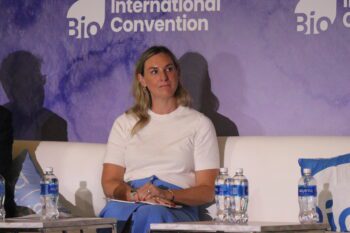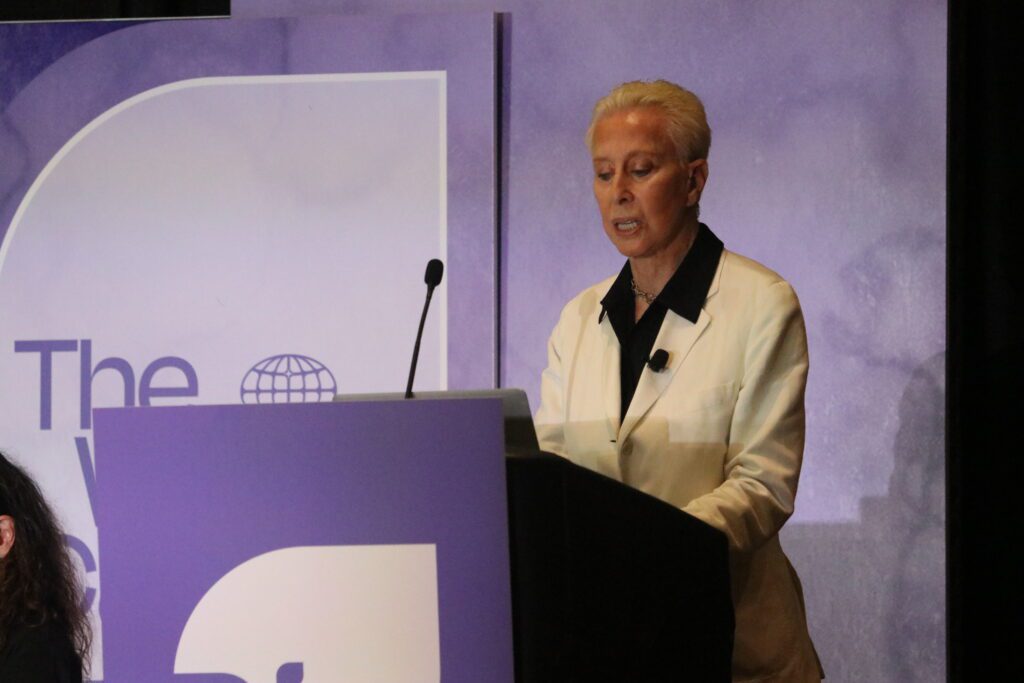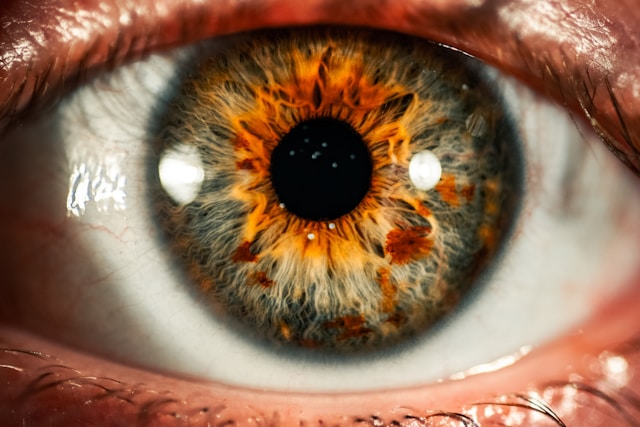On Day 1 of the 2025 Biotechnology Innovation Organization (BIO) International Convention, a clear challenge was issued to the biotech industry: redefine how we understand, research, and invest in women’s health.
Only 5% of conditions affecting women are exclusively gynecological or reproductive in nature. The remaining 95% include areas like heart disease, Alzheimer’s, depression, and autoimmune disorders—conditions where women face distinct risks and outcomes, yet have historically been underrepresented in clinical research and drug development.
“Investing in women’s health isn’t just an ethically correct decision. It’s a smart, scalable business decision. The data is clear, the opportunity is infinite, and the time to act is now,” said Carolee Lee (pictured above), founder of WHAM (Women’s Health Access Matters).
WHAM is a nonprofit founded in 2020 by businesswomen to focus on the economic imperative of accelerating research investment in the health of women. Rather than positioning it as a niche or solely reproductive category, WHAM frames women’s health as “every disease and condition that disproportionately, differently, or exclusively affects women”—a definition grounded in data and investment potential.
Carolee Lee, Founder of WHAM, at BIO 2025 in Boston
What’s needed now
The session, Let’s Talk About Sex (Differences!), highlighted the urgency of a systemic shift. Representatives from WHAM, Organon, and the Society for Women’s Health Research called for changes in how studies are designed, how capital is deployed, and how public-private partnerships are structured.
Organon, a global company focused entirely on women’s health, is currently piloting an accelerator to provide free technical resources to early-stage companies with transformative assets. The initiative reflects the collaborative model needed to scale the sector.
Juan Camilo Arjona, Chief Medical Officer at Organon, emphasized the importance of an ecosystem approach to advancing women’s health: “Everybody has to apply their knowledge, their expertise, and take some risk and commitment to move it.”
What the data shows
WHAM’s reports demonstrate the economic value of accelerating research in women’s health. WHAM commissioned the RAND Corporation to study the economic impact of increasing investment in four areas that affect women throughout their lives: autoimmune disease, brain health, heart health, and cancer.
The findings showed that simply doubling the small amount of money previously allocated to these conditions could generate billions in economic returns. WHAM’s Lee emphasized the scale of the opportunity: “51% of the population makes 80% of healthcare decisions and 85% of consumer spending. That’s not a niche. That’s the market.”
Katie Schubert, President of the Society for Women’s Health Research, underscored the importance of evidence as the foundation for impact. “It really gets to the heart of what we do—to build an evidence base that can guide better decisions,” she said. “Whether those decisions come from investors, the public sector, or patients themselves, it all starts with having the right data.”
What it takes to move forward

A growing set of collaborators is working to build the infrastructure this market needs. The WHAM Research Collaborative brings together over 100 leading researchers and clinicians from top institutions working to accelerate rigorous sex-based research across major disease areas. The WHAM Investment Collaborative, meanwhile, convenes venture firms to steer more capital into women’s health companies. A recently launched Life Sciences Collaborative is a consortium of leaders in pharma and biotech committed to embedding sex-based biology throughout the product development life cycle.
“We believe that by aligning science, capital, and commercialization, we can build a robust and enduring framework for women’s health, one that not only improves lives but generates outsized economic returns,” said Lee.
Still, data alone isn’t enough. As Schubert reminded the audience, “It’s just continuing to show up and make your voices heard, and to really come together as a group to make sure that we’re all working for the same goal.” She noted bipartisan interest in Congress but stressed that meaningful progress requires constant engagement from industry voices, especially in a shifting regulatory and funding environment.
Another dimension raised during the panel was the role of younger generations in shaping the future of women’s health. With information moving faster than ever, equipping girls and young women with accurate information early on and encouraging them to advocate for themselves and others was described as a key opportunity to build lasting momentum and strengthen the cultural foundation for systemic change.
Why women’s health investment matters
Scientific and economic evidence point to the same conclusion: investing in women’s health is both necessary and strategic.
“We need to understand that men and women are different, from our genes to our cells to our organ systems,” said Lee. “And the more researchers and clinicians look, the more they find that these differences are meaningful and, importantly, actionable.” With the women’s health market projected to reach $66 billion by 2033, she added that the opportunity is both immense and profitable.
As the conversation concluded, the message was clear: reframing women’s health is about unlocking scientific and economic value that has long been overlooked.




